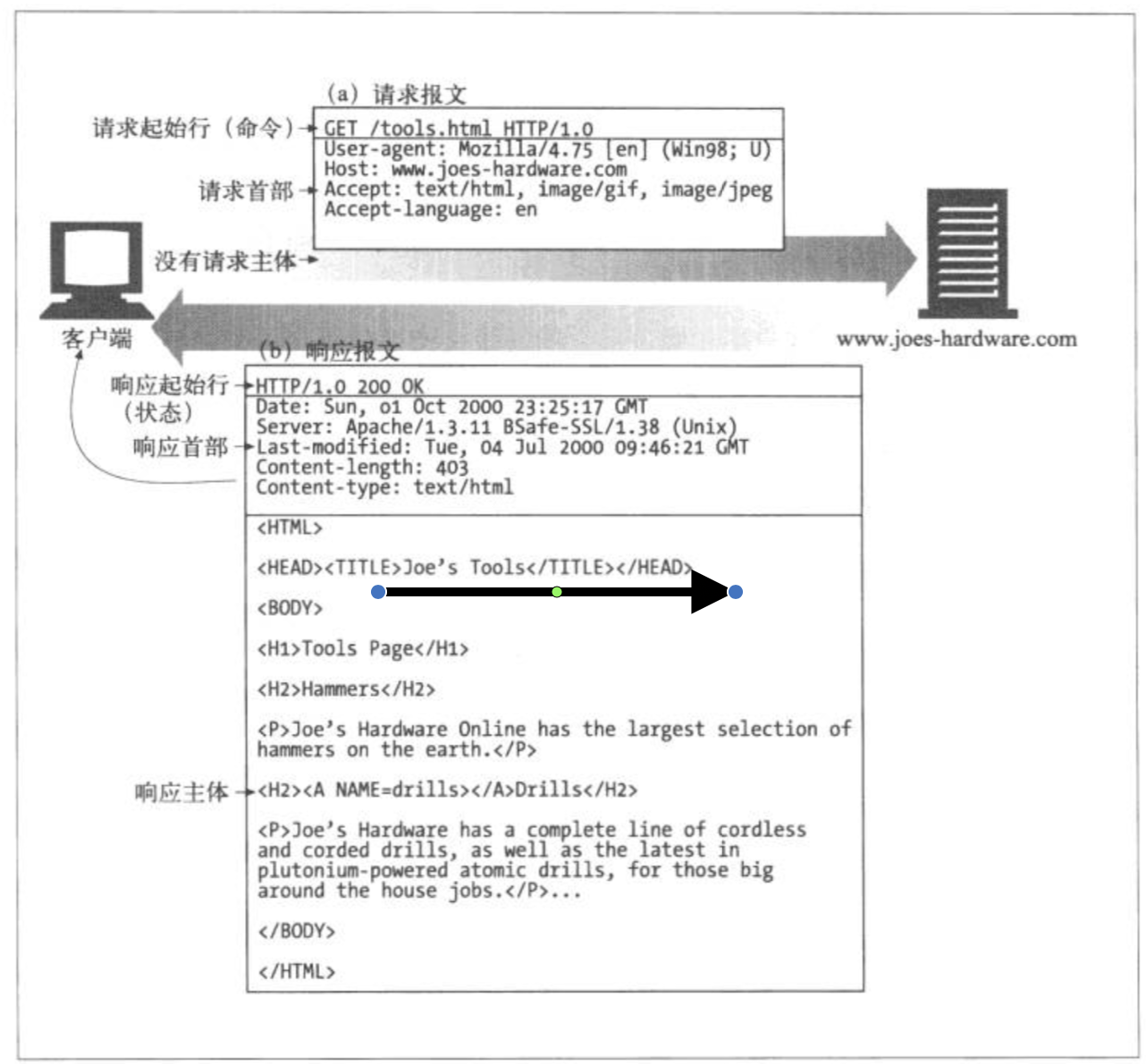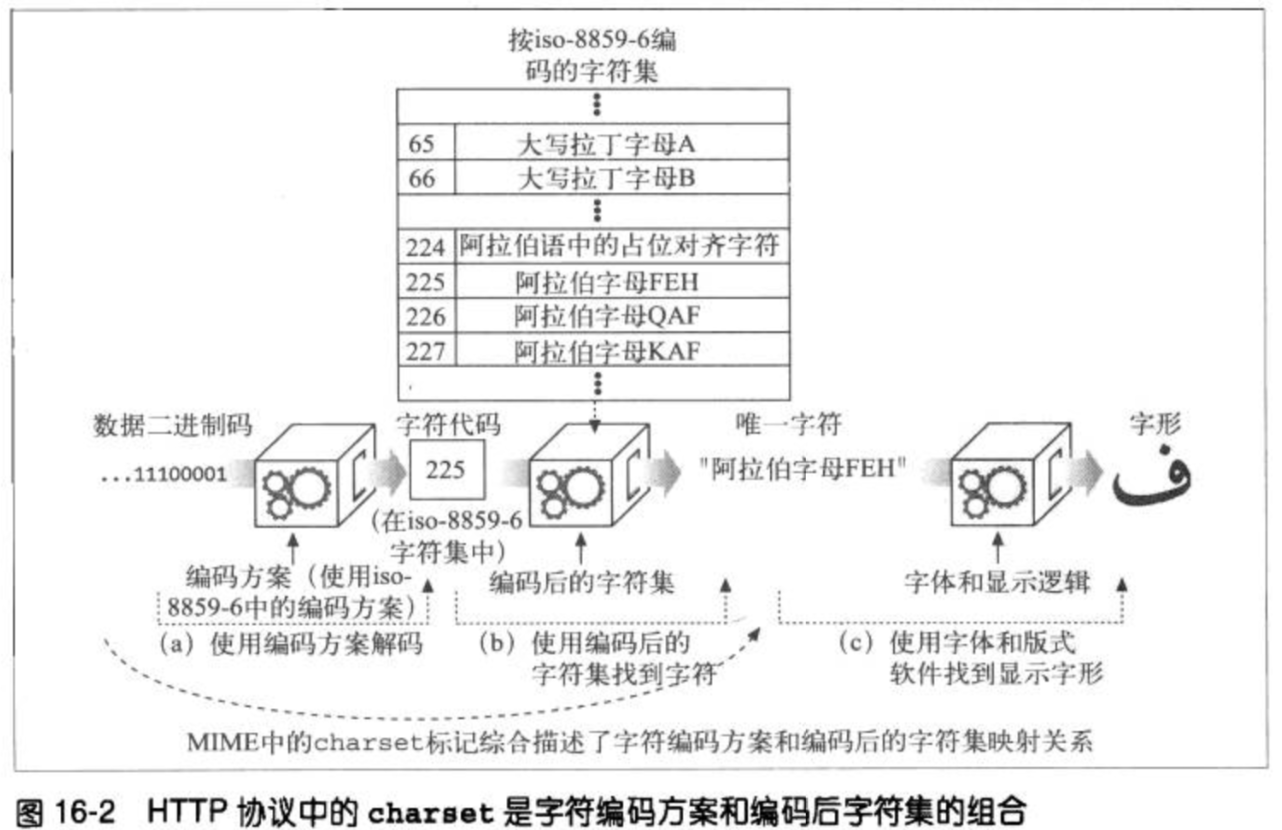介绍
在前后端分离的开发场景下,不可避免的会有前后端联调。在联调阶段,经常会遇到各式各样的问题,比如乱码问题、前端传的数据(字符串、数组、Json对象)后端无法正常解析等问题。
本文希望从源头着手,理清问题的根本原因,快速定位出现问题的位置,让前后端联调得心应手,让甩锅不再那么容易……
HTTP协议
之所以这里会介绍一下HTTP协议,是因为前后端联调离不开HTTP。了解了HTTP协议,有助于更好的理解数据传输的流程,以及更好的分析出到底是在哪个环节出了问题,方便排查。
1. 简介
首先,http是一个无状态的协议,即每次客户端和服务端交互都是无状态的,通常使用cookie来保持状态。
下图为http请求与响应的大致结构(本部分配图均来自于《HTTP权威指南》):

说明:
从上图中可以看出,HTTP请求大致分为三个部分:起始行、首部、主体。在请求起始行里,表面了请求方法、请求地址以及http协议的版本。另外,首部即是我们常说的http header。
2. HTTP method
下面是常用的HTTP请求方法以及介绍:

说明:
- 我们常用的一般为get于post。
- 是否包含主体的意思为请求内容是否带主体。例如,在get方式下由于不带主体,只能使用url的方式传参。
3. Content-type
HTTP传输的内容类型与编码是由Content-Type来控制的,客户端与服务端通过它来识别与解析传输内容。
常见的Content-Type:
| 类型 | 说明 |
|---|---|
| text/html | html类型 |
| text/css | css文件 |
| text/javascript | js文件 |
| text/plain | 文本文件 |
| application/json | json类型 |
| application/xml | xml类型 |
| application/x-www-form-urlencoded | 表单,表单提交时的默认类型 |
| multipart/form-data | 附件类型,一般为表单文件上传 |
前面六个为常见的文件类型,后面两个为表单数据提交时类型。我们ajax提交数据时一般为Content-Type:application/x-www-form-urlencoded;charset=utf-8,以此声明了本次请求的数据格式与数据编码方式。需要额外说明的是,application/x-www-form-urlencoded此种类型比较特殊,数据发送时会把表单数据拼接成类似于a=1&b=2&c=3的格式,如果数据中存在空格或特殊字符,会进行转换,标准文档在
这里,更详细的在 [RFC1738]可见。
相关资料:
- Content-type对照表:http://tool.oschina.net/commons
- Form content types:https://www.w3.org/TR/html4/interact/forms.html#h-17.13.4
- 字符解码时加号解码为空格问题探究:http://muchstudy.com/2017/12/06/字符解码时加号解码为空格问题探究/
- 理解HTTP之Content-Type:http://homeway.me/2015/07/19/understand-http-about-content-type/
4. 字符集与编码
前后端联调之所以需要了解这部分,是因为在前后端的数据交互中,经常会碰到乱码的问题,了解了这块内容,对于解决乱码问题就手到擒来了。
一图胜千言:

在图中,charset的值为iso-8859-6,详细介绍了一个文字从编码到解码,再到显示的完整过程。
相关资料:
- 字符集列表:https://www.iana.org/assignments/character-sets/character-sets.xhtml
- 字符编码详解:http://muchstudy.com/2016/08/26/字符编码详解/
前端部分
前端部分负责发起HTTP请求,前端常用的HTTP请求工具类有jquery、axios、fetch。实际上jquery与axios的底层都是使用XMLHttpRequest来发起http请求的,fetch属于浏览器内置的发起http请求方法。
前端ajax请求样例:
1 | <html> |
相关资料:
- XMLHttpRequest Standard:https://xhr.spec.whatwg.org/
- Fetch Standard:https://fetch.spec.whatwg.org/
- XMLHttpRequest介绍:https://developer.mozilla.org/zh-CN/docs/Web/API/XMLHttpRequest
- fetch介绍:https://developers.google.com/web/updates/2015/03/introduction-to-fetch
- fetch 简介: 新一代 Ajax API: https://juejin.im/entry/574512b7c26a38006c43567c
- axios源码:https://github.com/axios/axios
后端部分
这里使用Java平台为样例来介绍后端是如何接收HTTP请求的。在J2EE体系下,数据的接收与返回实际上都是通过Servlet来完成的。
Servlet接收与返回数据样例:
1 | package com.demo.servlet; |
相关资料:
- servlet的本质是什么,它是如何工作的?:https://www.zhihu.com/question/21416727
- tomcat是如何处理http请求的?:https://blog.csdn.net/qq_38182963/article/details/78660777
结果汇总
| 请求方式 | method | 请求Content-Type | 数据格式 | 后端收到的Content-Type | 能否通过getParameter获取数据 | 能否通过inputStream获取数据 | 后端接收类型 |
|–|
| XHR | Get | 未设置 | url传参 | null | 能 | 否 | 键值对 |
| XHR | Post | 未设置 | json字符串 | text/plain;charset=UTF-8 | 否 | 能 | 字符串 |
| XHR | Post | 未设置 | a=1&b=2格式字符串 | text/plain;charset=UTF-8 | 否 | 能 | 字符串 |
| XHR | Post | application/x-www-form-urlencoded | a=1&b=2格式字符串 | application/x-www-form-urlencoded | 能 | 否 | 后端收到key为a和b,值为1和2的键值对 |
| XHR | Post | application/x-www-form-urlencoded | json字符串 | application/x-www-form-urlencoded | 能 | 否 | 后端收到一个key为json数据,值为空的键值对 |
| axios | Get | 未设置 | url传参 | null | 能 | 否 | 键值对 |
| axios | Post | 未设置 | json对象 | application/json;charset=UTF-8 | 否 | 能 | json字符串 |
| axios | Post | 未设置 | 数组 | application/json;charset=UTF-8 | 否 | 能 | 数组字符串 |
| axios | Post | 未设置 | a=1&b=2格式字符串 | application/x-www-form-urlencoded | 能 | 否 | 键值对 |
| fetch | Get | 未设置 | url传参 | null | 能 | 否 | 键值对 |
| fetch | Post | 未设置 | a=1&b=2格式字符串 | text/plain;charset=UTF-8 | 否 | 能 | a=1&b=2字符串 |
| fetch | Post | 未设置 | json对象 | text/plain;charset=UTF-8 | 否 | 能 | 后端收到[object Object]字符串 |
| fetch | Post | application/x-www-form-urlencoded;charset=UTF-8 | a=1&b=2格式字符串 | application/x-www-form-urlencoded;charset=UTF-8 | 能 | 否 | 键值对 |
通过上面的表格内容可以发现,凡是使用get或者content-type为application/x-www-form-urlencoded发送数据,在后端servlet都会默认把数据转换为键值对。否则,需要从输入流中获取前端发送过来的字符串数据,再使用fastJSON等后端工具类转换为Java实体类或集合对象。
联调工具Postman
可以在chrome的应用商店中下载Postman插件,在浏览器中模拟HTTP请求。Postman的界面如下:

说明:
- 发送get请求直接在url上带上参数,接着点击send即可
- 发送post请求,数据有三种传输方式;
form-data、x-www-form-urlencoded、raw(未经加工的)
类型 Content-Type 说明 form-data Content-Type: multipart/form-data form表单的附件提交方式 x-www-form-urlencoded Content-Type: application/x-www-form-urlencoded form表单的post提交方式 raw Content-Type: text/plain;charset=UTF-8 文本的提交方式
